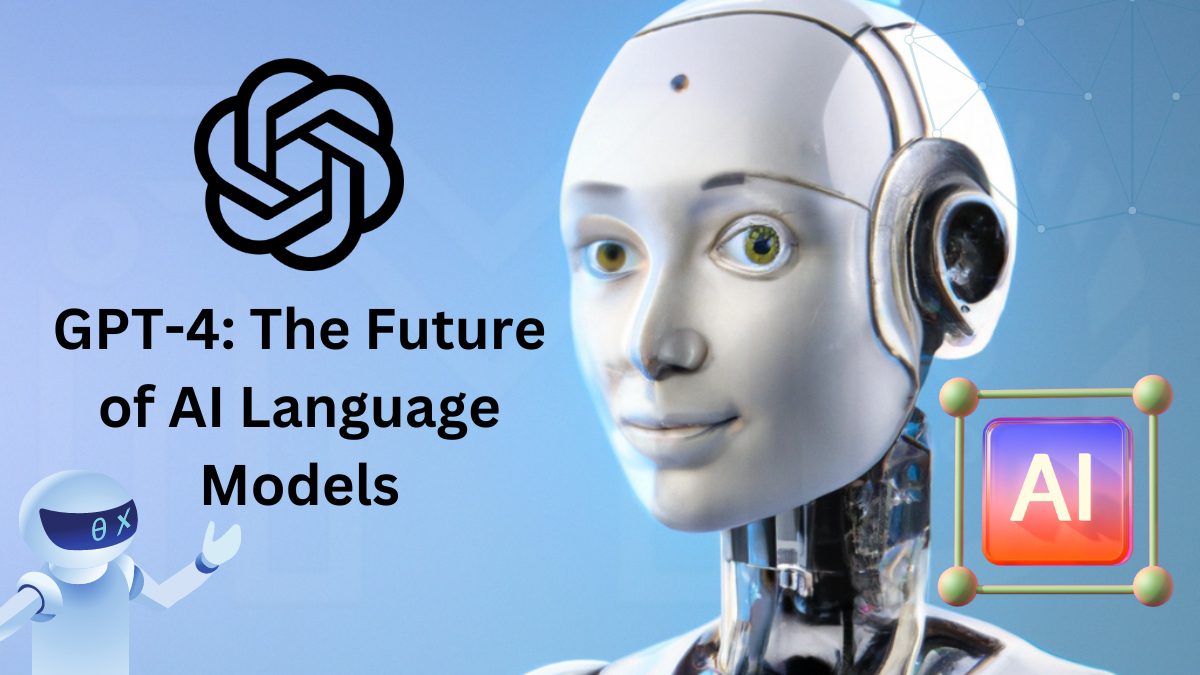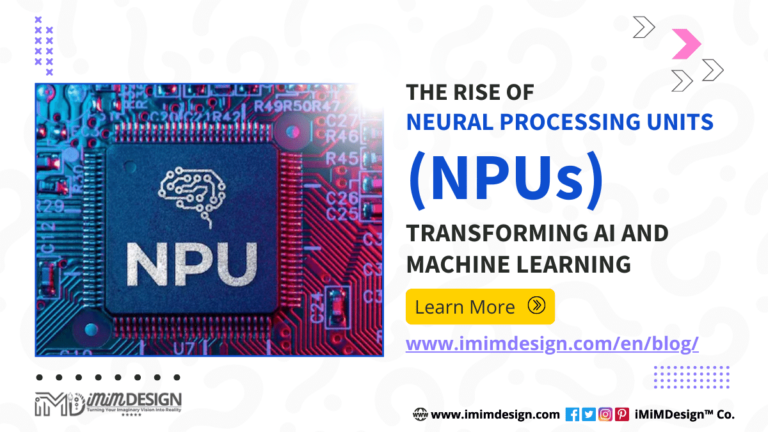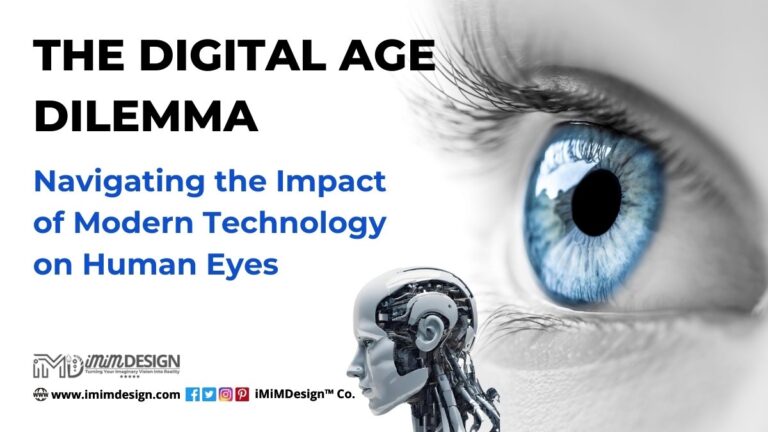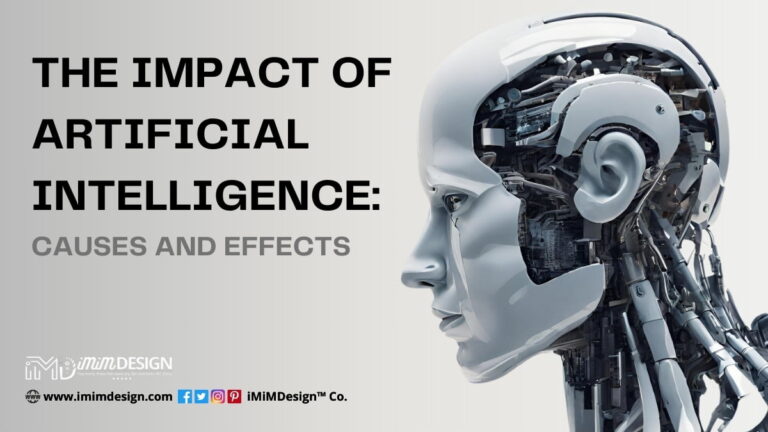Overview
GPT-4 represents a significant advancement in AI language models, building on the successes of its predecessors, including GPT-3. One of the major advancements in GPT-4 is its ability to reason and understand the context more effectively. This means that the model can generate more accurate and relevant responses to prompts and queries, making it an invaluable tool for a wide range of industries and applications.
Another significant improvement in GPT-4 is its multilingual support, which enables it to generate text in multiple languages. This is a major breakthrough in the field of natural language processing and has the potential to facilitate communication and collaboration across different cultures and regions.
GPT-4 is also expected to be more efficient and faster than previous models. This will allow it to process large volumes of data more quickly and generate more accurate and relevant responses in real time.
Despite its many benefits, GPT-4 also raises several concerns, particularly regarding its potential impact on employment and privacy. The model\’s ability to generate high-quality text could potentially replace human writers and content creators in certain industries, leading to significant job losses.
Furthermore, the model\’s advanced language processing capabilities could also be used to analyze and manipulate vast amounts of personal data, raising concerns about privacy and data security. These issues will need to be addressed as GPT-4 becomes more widely adopted and integrated into various applications and systems.
Overall, GPT-4 is a significant step forward in the field of AI and natural language processing, with the potential to revolutionize various industries and applications. However, it is important to consider the potential challenges and ethical implications of this technology and to work towards finding solutions that balance its benefits with its potential risks.
Introduction
Artificial Intelligence has revolutionized the world and it\’s hard to imagine the modern world without it. AI language models have been playing a significant role in natural language processing, machine learning, and computer vision. These models have been used for various applications such as chatbots, language translation, summarization, and even for writing stories and articles. One of the most prominent AI language models is the Generative Pre-trained Transformer (GPT) developed by OpenAI. In this blog, we will discuss GPT-4, its features, and its potential impact on the world of AI.
Know how artificial intelligence is revolutionizing the world
What is GPT?
Generative Pre-trained Transformer (GPT) is an AI language model developed by OpenAI, an artificial intelligence research organization based in San Francisco. GPT was first introduced in June 2018, and it has quickly become one of the most widely used AI language models. The model is based on the Transformer architecture, which was introduced by Google in 2017. The transformer architecture is designed to solve the problem of long-term dependencies in natural language processing.
GPT is a machine learning algorithm that can process natural language text, analyze it, and generate new text based on the patterns it has learned from the training data. The model is pre-trained on a large corpus of text data, which means it has learned to recognize patterns and structures in the text. GPT is capable of generating high-quality text that is similar to human-written text.
GPT-4
GPT-4 is the fourth generation of the GPT series, which is currently under development by OpenAI. GPT-4 is expected to be more advanced and sophisticated than its predecessor, GPT-3. The main goal of GPT-4 is to further improve the natural language processing capabilities of the model and enhance its ability to generate high-quality text.
Features of GPT-4:
- Enhanced Natural Language Processing: GPT-4 is expected to have even better natural language processing capabilities than GPT-3. The model will be able to analyze natural language text more accurately and generate text that is more similar to human-written text.
- Improved Contextual Understanding: GPT-4 will be capable of understanding the context of the text better than its predecessor. The model will be able to generate more accurate and relevant text based on the context of the text.
- Larger Training Data: GPT-4 will be trained on a larger corpus of text data, which will enable the model to learn more patterns and structures in the text. This will improve the quality of the generated text and make it more similar to human-written text.
- Multilingual Support: GPT-4 is expected to have better support for multiple languages. The model will be able to generate text in multiple languages, which will make it more useful for applications such as language translation.
- Better Accuracy: GPT-4 is expected to have a higher accuracy rate than GPT-3. The model will be able to generate text with fewer errors and inconsistencies.
Try ChatGPT-4 Free Preview Version
Potential Impact of GPT-4:
- Improved Chatbots: GPT-4 will be capable of generating more human-like responses, which will make chatbots more effective in customer service and other applications.
- Language Translation: GPT-4\’s improved multilingual support will make it more useful for language translation applications. The model will be able to generate high-quality translations in multiple languages.
- Content Creation: GPT-4 will be able to generate high-quality content for websites, blogs, and other online platforms. This will save time and effort for content creators and improve the overall quality of online content.
- Improved Text Summarization: GPT-4 will be able to generate accurate and concise summaries of long texts, which will be useful for applications such as news aggregation and research.
- Improved Accessibility: GPT-4\’s ability to generate text in multiple languages will make information more accessible to people who speak different languages. This will have a positive impact on global communication and collaboration.
- Education: GPT-4\’s ability to generate high-quality educational content could revolutionize the way we learn. The model could be used to create personalized learning experiences for students based on their individual needs and learning styles.
- Journalism: GPT-4 could be used to generate news articles and reports quickly and efficiently. This could improve the speed and accuracy of news reporting, and enable journalists to focus on more in-depth and investigative reporting.
- Literature: GPT-4\’s ability to generate high-quality text could have a significant impact on the world of literature. The model could be used to create new works of literature or to generate alternative endings to existing works.
Know how Artificial Intelligence is transforming copywriting
Challenges:
While GPT-4 has the potential to revolutionize the world of AI language models, there are also some challenges that need to be addressed.
- Data Bias: GPT-4\’s training data could contain biases that could be reflected in the generated text. This could lead to inaccurate or offensive text.
- Ethical Concerns: GPT-4\’s ability to generate high-quality text could also be used for unethical purposes such as generating fake news or propaganda.
- Computing Resources: GPT-4 will require significant computing resources to train and run, which could limit its accessibility to smaller organizations and individuals.
Final Words:
GPT-4 is the next step in the evolution of AI language models. It is expected to have improved natural language processing capabilities, better contextual understanding, multilingual support, and higher accuracy than its predecessor, GPT-3. The model has the potential to revolutionize various industries such as education, journalism, and literature. However, there are also challenges that need to be addressed such as data bias, ethical concerns, and computing resources. Overall, GPT-4 represents a significant step forward in the field of AI and natural language processing.









